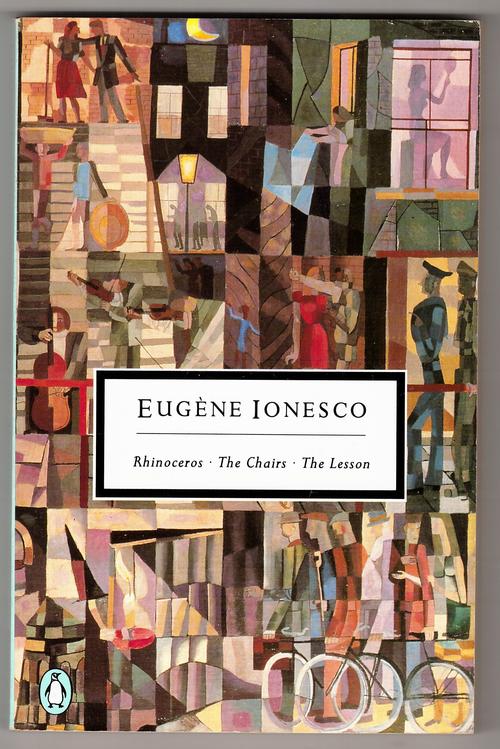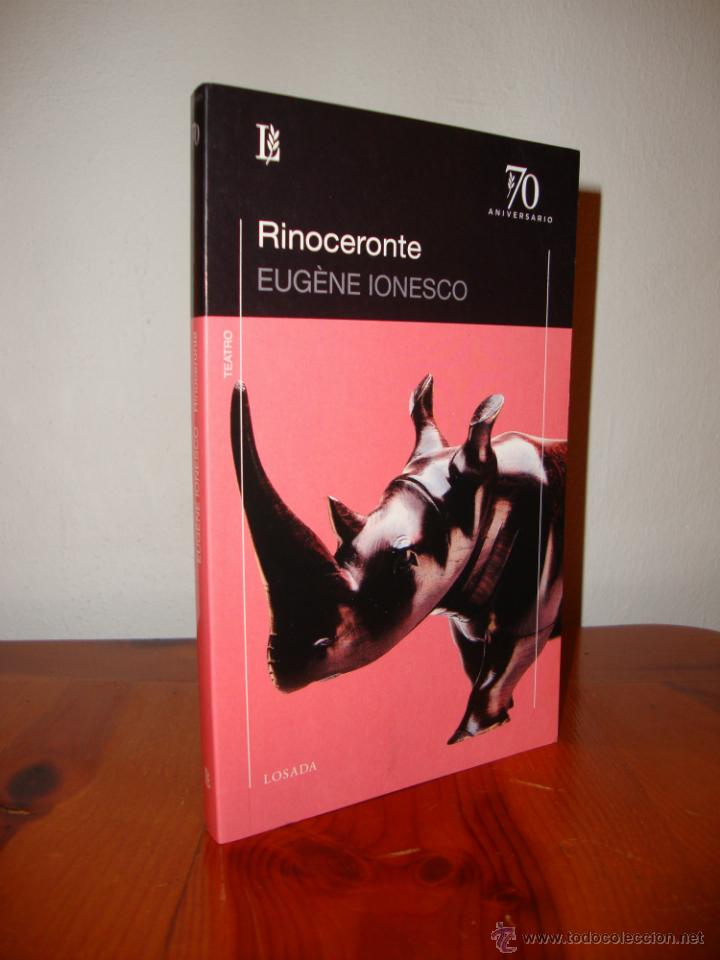
It is critical to note that despite the wild themes and happenings in the play, a structure does exist and a plot does move forward. Like most works of The Theatre of the Absurd, Rhinoceros explores issues of chaos while it manages to arrive at a clear message about that chaos. It further combines whimsical humor with unsettling tragedy to question human nature at the most fundamental level. Its plot is not traditional but theoretical, featuring philosophical conversations and questions throughout.

Its imaginative scope is both broad and wild: people grow horns, sprout fur, and become rhinoceroses. In other ways, Rhinoceros typifies Ionesco's work and, more generally, the Theatre of the Absurd. If fascism makes rhinos, how much better are the alternatives after all? Beyond this symbol of the effects of fascism, critics have understood the play as part of the post-World War II body of literature that questions the motivations not only of war but of life itself. More than any of his other plays, in Rhinoceros Ionesco uses a specific symbol in a central, clear, and compelling way.


In 1973, a film adaptation, starring Gene Wilder and Zero Mostel, won critical acclaim as well.įirst produced at the Odeon and directed by Jean-Louis Barrault, Rhinoceros imagines fascism as a disease that turns humans into unintelligent, violent creatures-rhinoceroses. Though he had written several plays by Rhinoceros in 1959, the English translation of the play caught both public and critical attention around the world. Rhinoceros catapulted Ionesco's career to an international level.


 0 kommentar(er)
0 kommentar(er)
